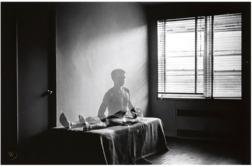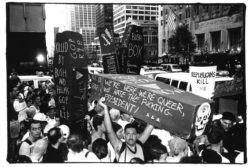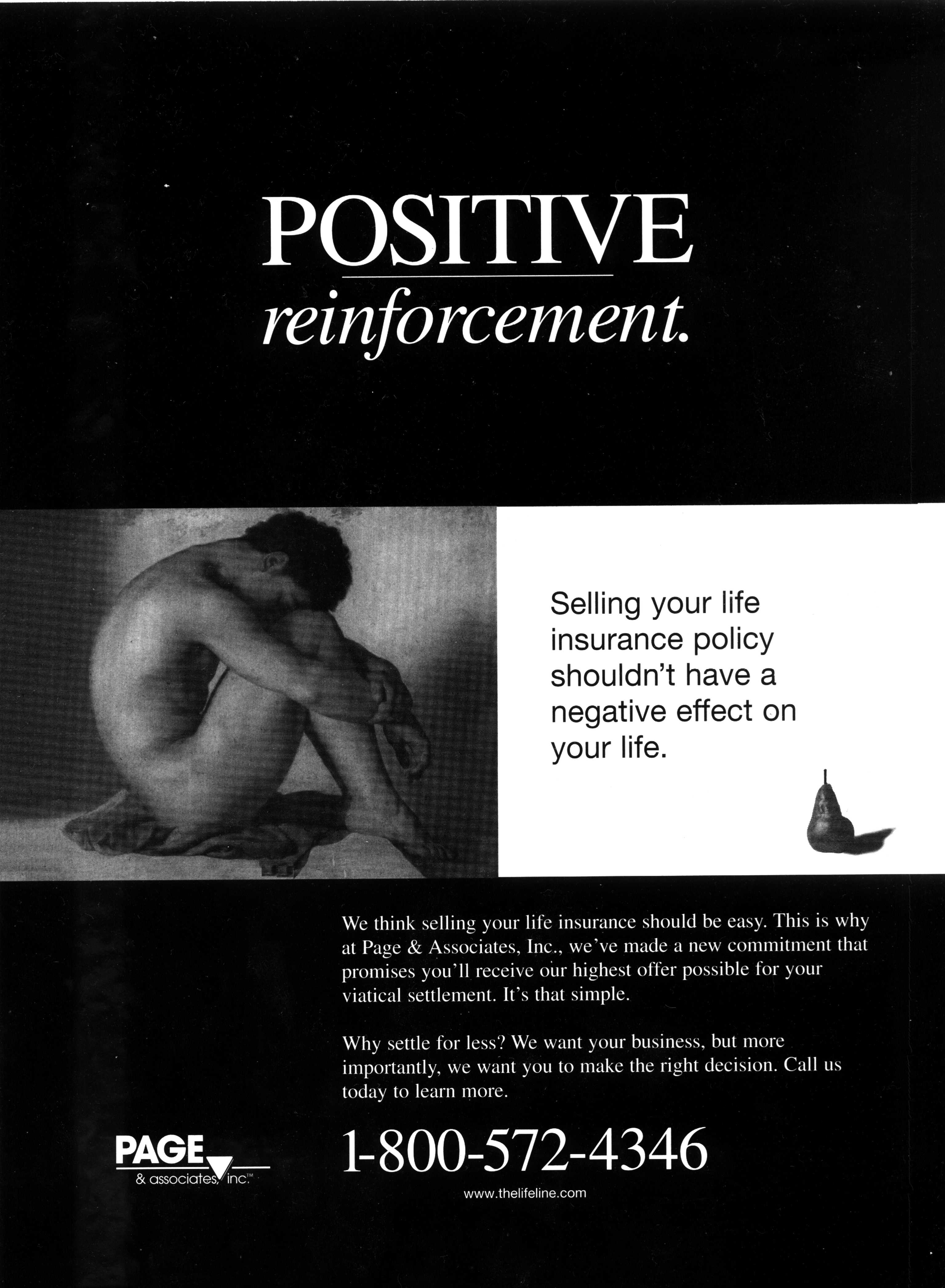THE RECENT DEATH of Heath Ledger, who made his way into gay cultural history by playing a cowboy with homosexual tendencies in Brokeback Mountain, brings to mind the odd but ongoing presence of the cowboy in gay imagery for more than half a century. The image of the cowboy is a powerful one in American history. Since the emergence of gay magazines in the 1950’s, there has been a brisk use of cowboy imagery in the marketing of their allure.
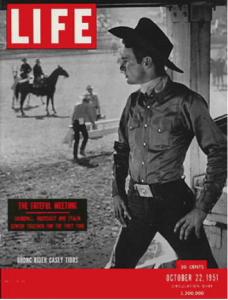
Paradoxically, it was the closing of the American frontier, a development that the U.S. Census Bureau officially declared in 1890, that opened the door for the legend of the West to emerge, starting with the appearance of Buffalo Bill’s Wild West Show (which started touring under that name in 1893). With the disappearance of the American frontier, a central component of the American male’s self-image, there emerged a growing identity crisis for American men around the turn of the century. The U.S. had been urbanizing rapidly during the Industrial Revolution, and the old markers of masculinity, such as ownership of land and livestock, were diminishing as a reality for most Americans. As the frontier images slipped into the realm of legend, there was also a shift of focus from the trappings of masculinity to the male body itself. Increasingly the markers of virility involved the male physique, a focus that often blended with the image of the cowboy or the frontiersman. In a book titled Physique Pioneers, David K. Johnson remarks that:
By the turn of the twentieth century, college football reached a mass audience, the Olympic Games had been revived, and Bernard McFadden had begun building a health and fitness empire publishing Physical Culture magazine. Such sporting activity served to assuage fears that the new conditions of industrial life weakened men, particularly white “native bor
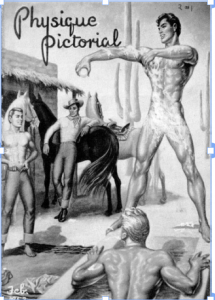
n” men, and caused new nervous diseases such as “neurasthenia.” Eugene Sandow, known as “the perfect man,” became the first international bodybuilding superstar. Photographs of his nearly naked body circulated in magazines and postcards all over Europe and North America.
From the 1920’s through the 1940’s the magazine market saw a plethora of magazines with titles like Strength and Your Physique that catered to the new male fitness craze.
The 1950’s
The 1950’s in American society witnessed a widespread anxiety about the domestication of men. This was the age of the “organization man,” as legions of men went off to work in grey flannel suits, and rumors of the demise of the American male as we know him were rife. It was at this time that a renaissance of the cowboy occurred in American popular culture. Western movies became ever more popular, and Westerns were a mainstay of early TV fare. Life magazine, that bellwether of American culture for many decades, put a cowboy on its cover in 1951.
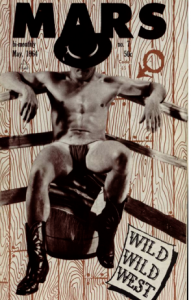
By the end of the 1950’s, beefcake magazines were at their pinnacle of popularity. These were magazines that featured artwork and photographs of muscular young men. Their primary market was clearly gay men, however much they pretended to appeal to men who were simply interested in health and fitness. This was during that very conservative era after World War II, when American political culture was increasingly paranoid and prudish—and homophobic—under the sway of McCarthyism. Strict censorship laws made the distribution of
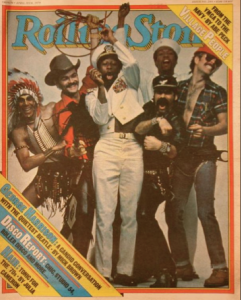
explicitly gay pornography impossible. Beefcake magazines, tame as they were by today’s standards, became the center of a gay male underground. One notes a shift during this decade, as the magazines went from showing bodybuilding itself as the central theme (in magazines such as Iron Man and Health and Power) to images of men in different outfits and historical themes.
In 1952, the beefcake mag Physique Pictorial put a picture by artist George Quaintance on its cover. This was the first of many covers of such magazines to feature a cowboy theme. For whatever reason, censorship laws were enforced more lackadaisically when the subject matter was set in the past. That’s why many beefcake magazines had men in gladiator costumes or ancient Greek settings all the way up to the 1970’s. The cowboy was one of the historical motifs that were used to get around the censors in the quest to give readers what they wanted.
Granted, the viewer of this cover would be hard pressed not to pick up on the homosexual subtext. They seem to be cowboys, but the men in this drawing are clean-shaven and bathing. This constitutes a subversion of the macho, rough-and-tumble cowboy imagery that replaces it with gay symbols of chiseled bodies and well-coiffed hair.
The 1960’s and 70’s
These were the decades that began with Eisenhower in office and witnessed the Stonewall Riots of
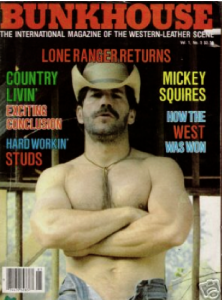
1969. Beefcake magazines continued to dominate the gay market in the early 60’s but were dealt a blow in 1962 when the U.S. Supreme Court ruled in Manual Enterprises v. Day that magazines showing photographs of nude or near-nude male models were not obscene. This opened the way for “posing strap” magazines, which got away with showing almost completely naked men on their covers, concealing only the crotch area by means of a uniquely designed piece of cloth that allowed the mags to stay within the law. But the cowboy archetype wasn’t done yet: what now appeared was (what else?) the posing strap cowboy.
A major loosening of the ban on full frontal male nudity came on July 26, 1967, when the U.S. Federal Court for the district of Minnesota upheld “the right of all persons to receive materials dealing with the nude male figure” (U.S. v. Spinar and Germain). A publisher called DSI had been pushing the envelope since 1964 by selling nude photographs and magazines through the mail. The owners were arrested and
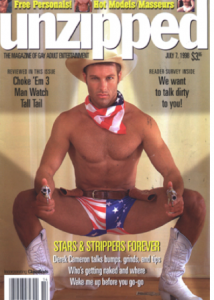
charged with 29 counts of producing and mailing obscene material. The trial in 1967 paved the way to fully nude cowboys that would become the norm for the rest of the 1960’s, effectively ending the era of the posing strap. With full frontal nudity now acceptable, we see the appearance of gay cowboys with nothing on at all except a Stetson and boots.
In 1969, the image of the gay hustler as cowboy was invoked and then dismissed as passé in the movie Midnight Cowboy when Ratso tells Joe Buck, “That cowboy stuff is strictly for fags.” The link between gay men and the cowboy was starting to be broken, but men’s magazines continued to rely on images of cowboys in hats and boots and nothing else to sell copies well into the 70’s. As the decade wore on, however, the imagery evolved in a new way with the appearance of hardcore gay erotica in general and gay cowboy imagery in particular, with cowboys in explicit sexual poses on the covers of magazines. This would have been unthinkable just a few years earlier, but the Sexual Revolution was in full swing.
By the late 70’s there was a resurgence in cowboy imagery in gay magazines. By my count of the major gay titles during this period, the number of cowboy covers went from an average of about two per year in 1974, ’75, and ’76 to nine in ’77, fourteen in ’78, and fifteen in ’79. The overwhelming reason for this was the arrival in the second part of the decade of the “clone” look, which prided itself on defying the stereotypical image of gay men by adopting the clothing and manner of hyper-masculine men as defined by the heterosexual world. The various types of manly men who populated the gay bars showed up in the disco group the Village People in 1977, each band member sporting a different clone look. The group included not only a cowboy but an Indian as well.
The gay cowboy took a turn for the authentic with the formation of the Reno Gay Rodeo in October 1976. From a few hundred attendees in that year to 10,000 in 1980, Reno would be the first of several annual gay rodeos to pop up across the USA, many of them still in full swing today.
The 1980’s to the Present
The early 80’s were perhaps the high water mark of gay cowboy culture in the U.S. New magazines appeared that specifically catered to the niche of men who liked looking at images of gay cowboys. In 1980, the fourth issue of Bunkhouse magazine observed: “All one has to do to realize America’s refascination for the cowboy is to look at the major trends of the day. No matter what bar or disco you enter, anywhere, you’re bound to see several people wearing Levi’s 501 fly-button jeans, with snap-button Western shirts, and the ever present cowboy boots.”
But a new threat was on the horizon that would change things dramatically. By the mid-1980’s, the VCR was becoming commonplace, and with it the appearance of graphic pornography that one could watch in the privacy of home. The magazines had to become increasingly graphic to compete. The gay cowboy renaissance had passed. By my count of gay magazine covers during this period, from a peak of seventeen featuring cowboys in 1981, that number had plunged to two by 1984. Covers in 1985 and 1986 featured only one each.
The 90’s witnessed the emergence of glossy, ad-driven gay magazines that used the cowboy image in a campy way or an ironic way. Any resemblance to the scruffy, semi-realistic-looking cowboys of the 80’s was gone.
Thus it was that the gay cowboy fell largely into desuetude until the 2005 release of Brokeback Mountain, which changed everything. This introduction of the gay cowboy to the general public was necessarily toned down from a sexual standpoint, but it did give rise to a boom in cowboy covers—nine, by my count—in the following year. Interest has since diminished, but if the past is any indication, the lull is only temporary and another incarnation of the gay cowboy may be just over the horizon.
Jeff Auer is a public historian and teaches history at the University of Nevada.



